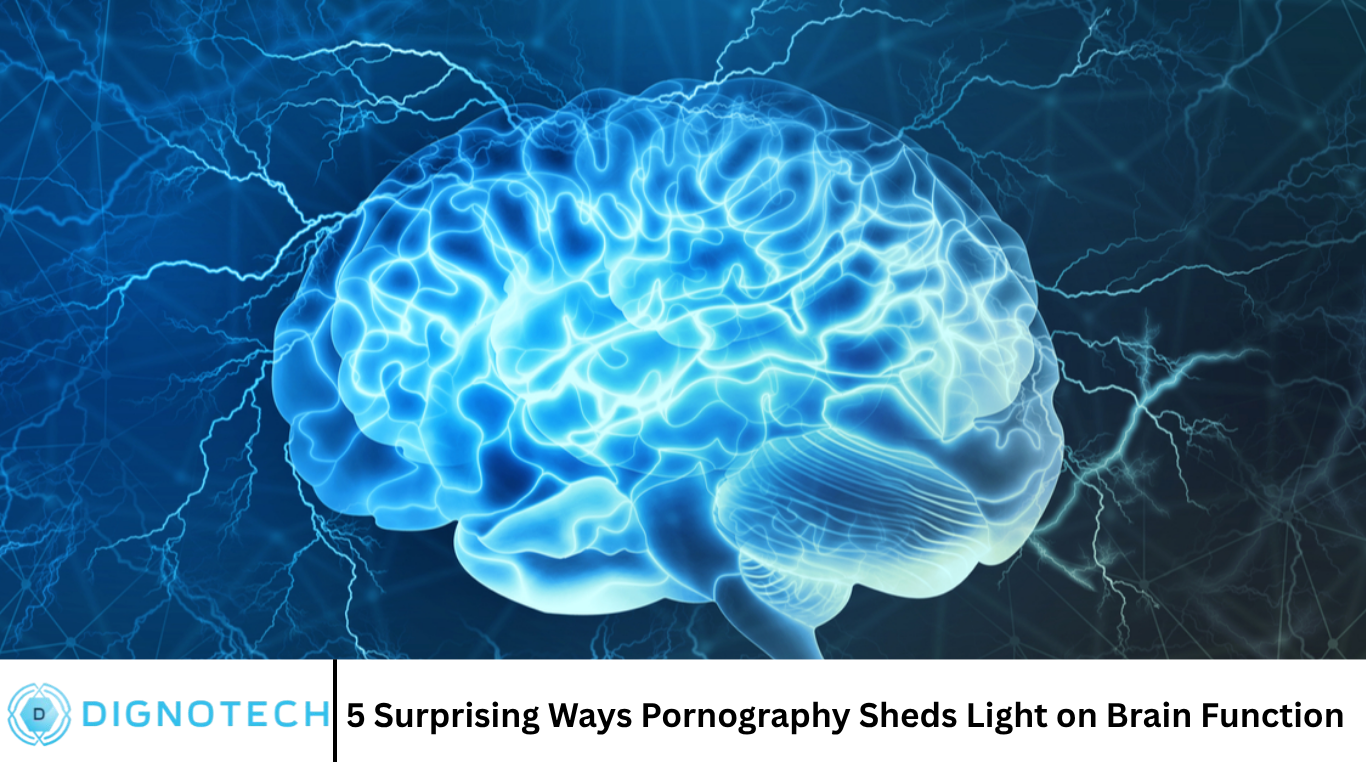5 Surprising Ways Pornography Sheds Light on Brain Function

Pornography consumption has become a prevalent part of modern digital life, with billions of views daily across various platforms. While often dismissed as harmless entertainment, emerging neuroscience research suggests that frequent exposure to pornography can significantly impact brain structure and function.
This article explores five surprising ways in which pornography consumption provides insights into how our brains operate, particularly concerning reward processing, impulse control, and neural plasticity.
More Read: Why Some People Can’t Picture Images—and Might Dream in Words Instead
Pornography Activates Brain Reward Centers More Than Money or Gaming
Recent studies have shown that the brain’s reward system responds more intensely to pornography than to other commonly rewarding stimuli like money or video games.
Functional MRI (fMRI) scans reveal that areas such as the nucleus accumbens and orbitofrontal cortex exhibit heightened activity when individuals anticipate or view pornographic content.
This suggests that pornography may be uniquely potent in triggering the brain’s reward pathways, potentially leading to stronger associative learning and habitual consumption patterns
Chronic Exposure Can Lead to Brain Desensitization
Over time, excessive consumption of pornography can lead to desensitization in the brain’s reward circuitry. Studies have found that individuals who frequently view pornography may experience reduced gray matter volume in regions like the caudate nucleus and decreased activation in the putamen when exposed to sexual stimuli.
This desensitization may require individuals to seek more extreme or novel content to achieve the same level of arousal, mirroring patterns observed in other forms of addiction.
Pornography Consumption Alters Prefrontal Cortex Function
The prefrontal cortex, responsible for decision-making, impulse control, and executive function, can be affected by chronic pornography use. Research indicates that individuals with high levels of pornography consumption may exhibit reduced activation in the dorsolateral prefrontal cortex during tasks requiring cognitive control.
This hypofrontality suggests a diminished capacity to regulate impulses and make sound judgments, potentially contributing to compulsive behavior and difficulty in abstaining from pornography.
Mirror Neuron System Activation During Pornography Viewing
The human brain contains mirror neurons, which fire both when an individual performs an action and when they observe the same action performed by others. During the viewing of pornography, these neurons can become activated, leading to a simulation of sexual experiences within the brain.
This activation may contribute to the emotional and physiological responses associated with pornography consumption, as well as influence attitudes and behaviors related to sexuality.
Frequently Asked Question
Does watching pornography shrink the brain?
While some studies have observed reduced gray matter in certain brain regions among heavy pornography users, these findings are correlational and do not establish causation. It’s unclear whether pornography consumption leads to brain shrinkage or if individuals with less gray matter are more likely to consume pornography.
Can pornography consumption lead to addiction?
Yes, excessive pornography consumption can lead to addictive behaviors. Similar to substance use disorders, individuals may develop compulsive patterns of use, characterized by cravings, loss of control, and continued consumption despite negative consequences.
How does pornography affect sexual relationships?
Excessive pornography consumption can negatively impact sexual relationships by altering expectations, reducing intimacy, and leading to dissatisfaction with real-life sexual experiences. Open communication and setting boundaries can help mitigate these effects.
Are the effects of pornography on the brain reversible?
Many of the brain changes associated with pornography consumption, such as desensitization and impaired prefrontal cortex function, may be reversible with reduced exposure and time. Engaging in activities that promote neural health, like physical exercise and cognitive training, can support recovery.
Is all pornography harmful?
Not all pornography is inherently harmful. The impact depends on factors like frequency of consumption, content type, and individual susceptibility. Mindful and moderate consumption, with an awareness of its potential effects, is less likely to lead to negative outcomes.
Can pornography consumption affect mental health?
Yes, excessive pornography consumption has been linked to mental health issues such as anxiety, depression, and low self-esteem. These effects may result from the desensitization of the brain’s reward system and the unrealistic portrayals of sexuality in pornography.
How can one reduce the impact of pornography on the brain?
Strategies to mitigate the impact include setting personal boundaries, seeking professional counseling if needed, engaging in healthy sexual behaviors, and fostering open communication in relationships. Mindfulness practices and cognitive-behavioral techniques can also be beneficial.
Conclusion
Pornography consumption offers a unique lens through which to examine brain function, particularly concerning reward processing, impulse control, and neural plasticity. While moderate consumption may not pose significant risks, excessive use can lead to profound changes in brain structure and function. Understanding these effects is crucial for making informed decisions about pornography consumption and its potential impact on mental and sexual health.




